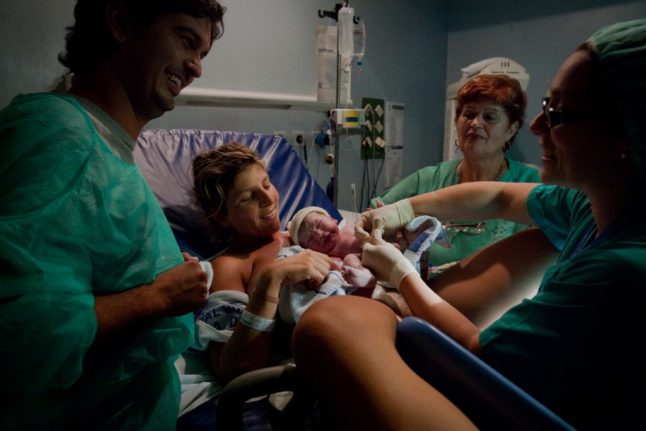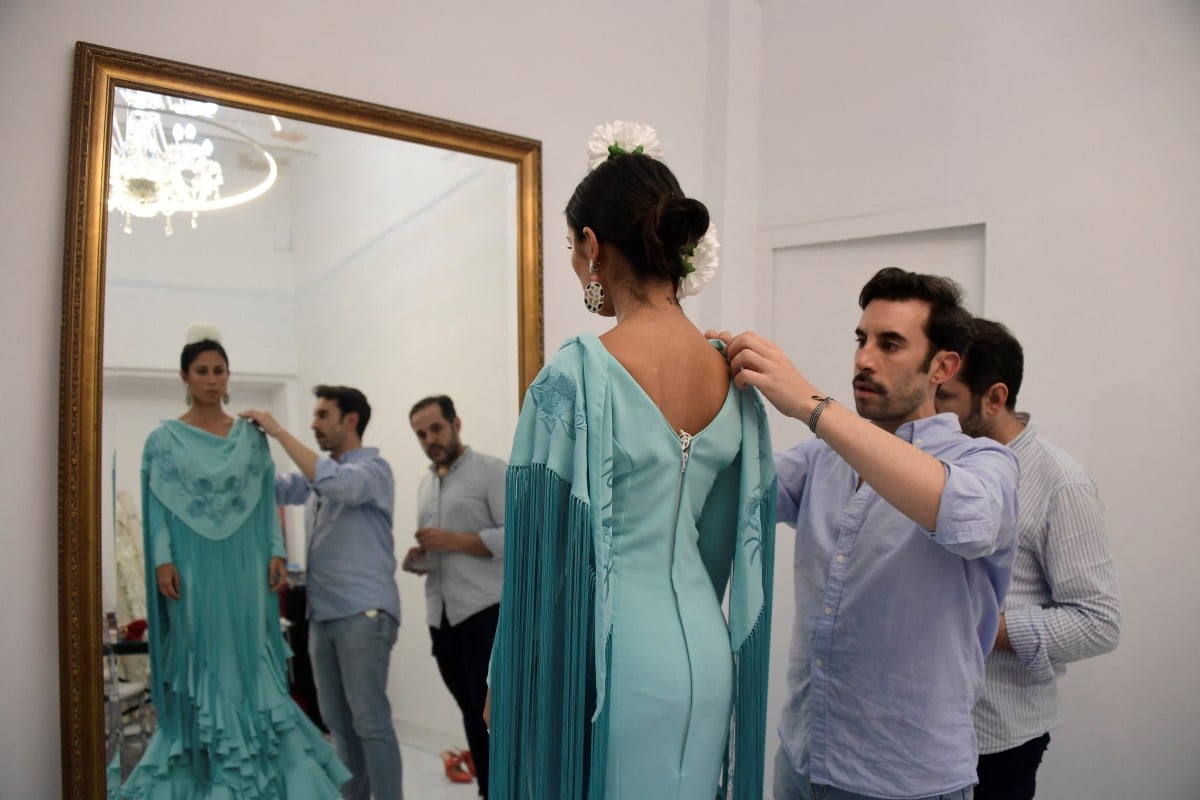For people from English-speaking countries and many other countries around the world, it is conventional to have only one surname. This is almost always their father’s name, and traditionally women have been the ones expected to change their names when getting married, albeit many couples do things differently these days. But in Spain, things are different.
Newborn babies in Spain almost always take on both the surnames of their mother and father. But unlike in other countries, the UK in particular, where double-barrelled names have historically been markers of social class and included for inheritance reasons, in Spain the double surname is not a hyphenated marker of status but an entirely normal thing to do.
How does it work?
It is often believed that Spanish surname traditions are more progressive and an affront to the patriarchal customs in other countries, but in reality even the Spanish tradition of taking from the mother and father is based on male-inheritance.
When a baby is born, it will take both its mother and father’s surname. However, as it’s very likely their parents are Spanish and therefore also have two surnames, the question arises as to which of their names the newborn should take.
Although Spanish babies do take a surname from their mother, it is almost always the ‘male’ surname – that is, the name of their father, so the newborn’s maternal grandfather – from both. That is to say, the surnames that are passed down are, albeit from both Mum and Dad, both from the male part of the name.
READ ALSO: These are Spain’s most popular baby names
What about the order?
In Spain it is convention that the father’s surname will go first. For example, say María José García Rodríguez and Carlos Fernández González had a baby called Carmen. Traditionally, her name would therefore be Carmen Fernández García.
The patrilineal naming tradition was even law until 2000, and many still continue the tradition to this day. When children reach eighteen they can legally rearrange their names if they wish to but according to El Diario a whopping 99.53 percent of newborns follow convention and take Dad’s name first, Mum’s second.
Day to day life
Like many things in Spain, history and tradition are taken seriously but have little real impact on day to day living. When it comes to names, most Spaniards only go by one of their surnames – normally the first, so male surname – when it comes to introducing themselves or filling out paperwork.
In fact, Spain’s two surname tradition can sometimes lead to confusion for both Spaniards abroad and foreigners living in Spain. For Spaniards living in English speaking countries, many people simply assume that their second surname is their only surname, and this can present problems when alphabetising names in databases and so on.
Similarly, any foreigner with one surname who has lived in Spain will have surely had their middle name read out when waiting for an appointment at the doctor’s, doing paperwork in the foreigner’s office, or any other kind of administrative task.
Spaniards very rarely have middle names, so often assume the middle names of Brits, Americans or whoever else are their first surnames.
What about weddings?
Although in large parts of the world it is tradition for women to take their husband’s name, in Spain this is rarely the case. The only times it might happen are when brides add their husbands name to their own with the prefix ‘de’, but this is rare, and often associated with old nobility.
First names
You might have noticed that some Spaniards also have double-barrelled first names. This is very common, and if you’ve spent any time in Spain you’ll have no doubt met a Marí-Carmen or Juan-Miguel. But another interesting quirk of Spanish naming customs is that these double-barrelled first names do not follow gender norms, and can include both a traditionally male and female name.
It’s very common, for example, to meet women called María José or men called José María.





 Please whitelist us to continue reading.
Please whitelist us to continue reading.
Member comments